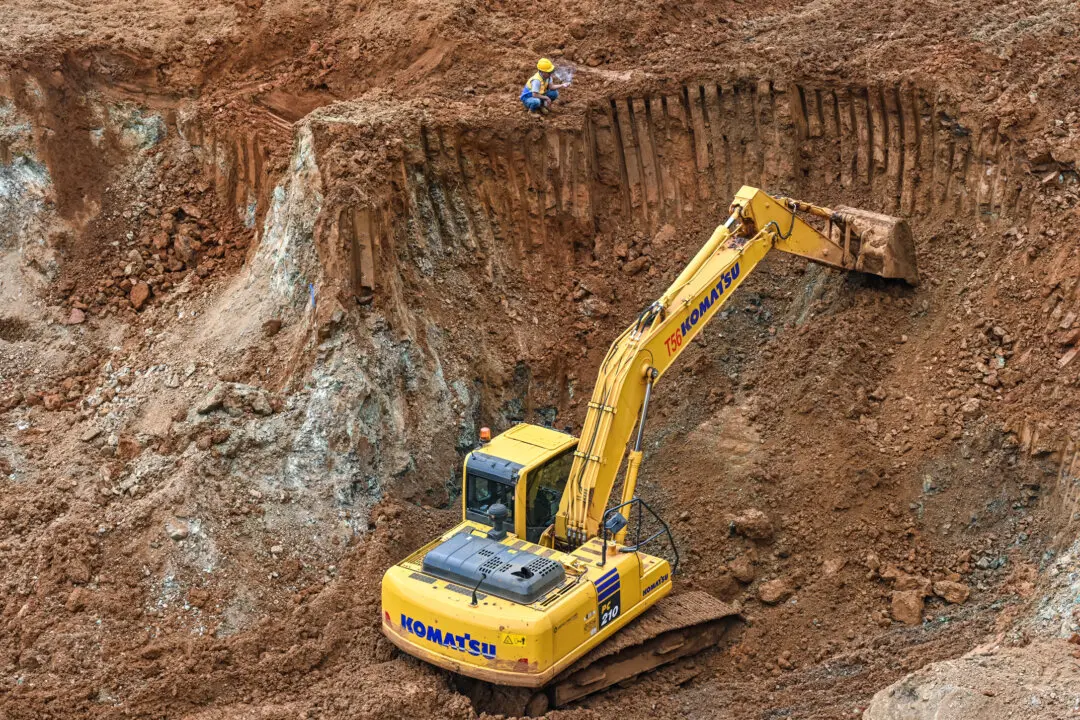California plans to crack down on property crime this year by creating new laws, expanding penalties for professional thieves, and taking other action to address the state’s rising retail crime and auto burglaries.
California Gov. Gavin Newsom released a framework for state lawmakers on Jan. 9 that outlines his plan to fight property crime in this year’s legislative session.





